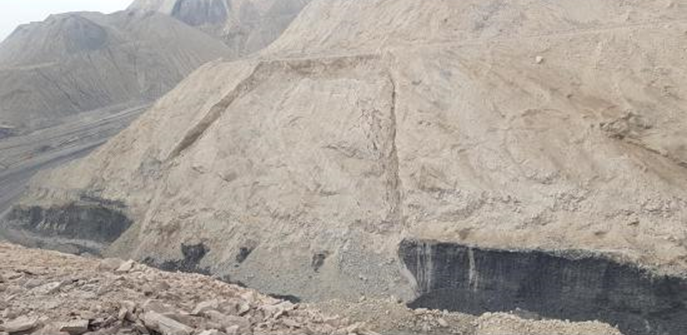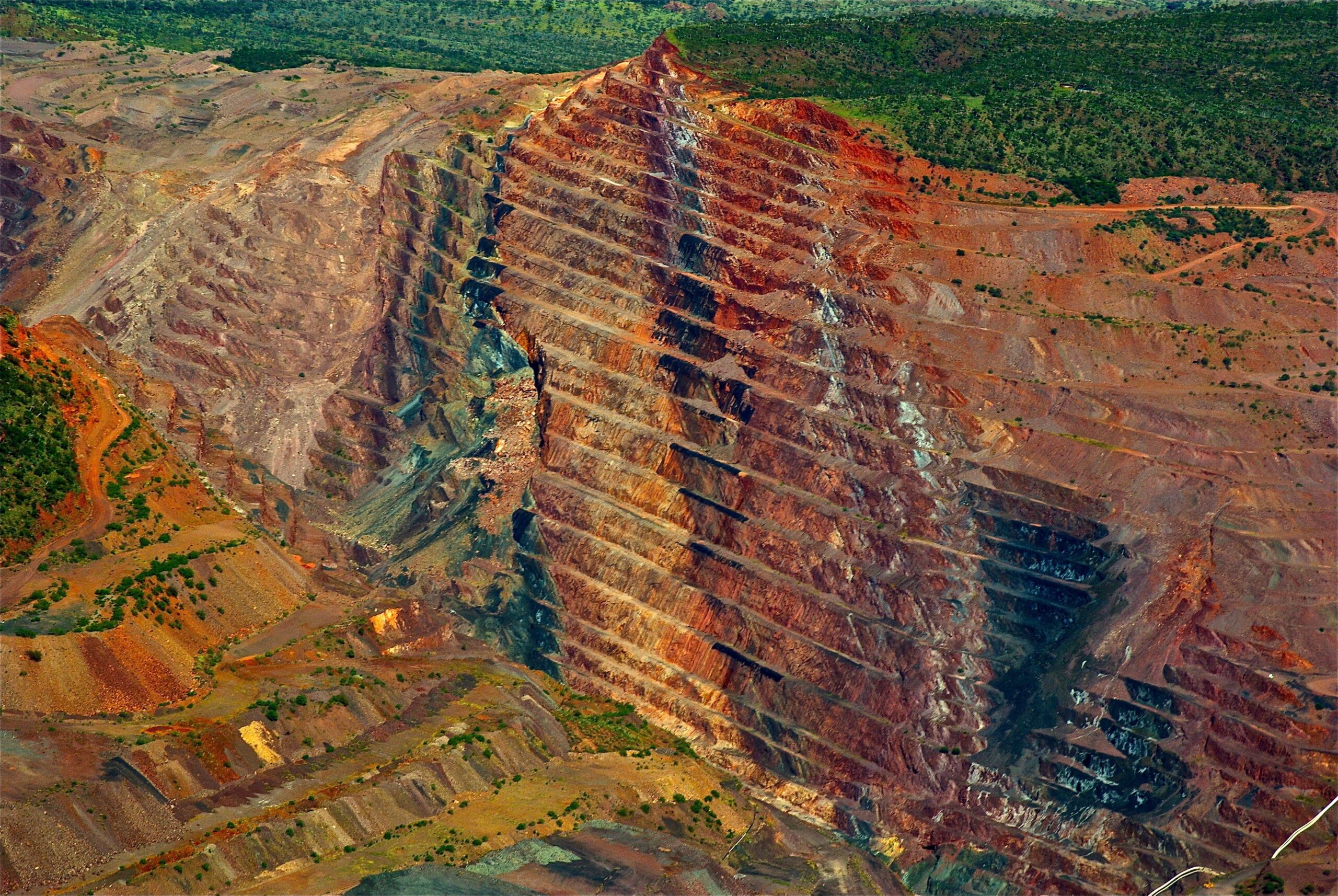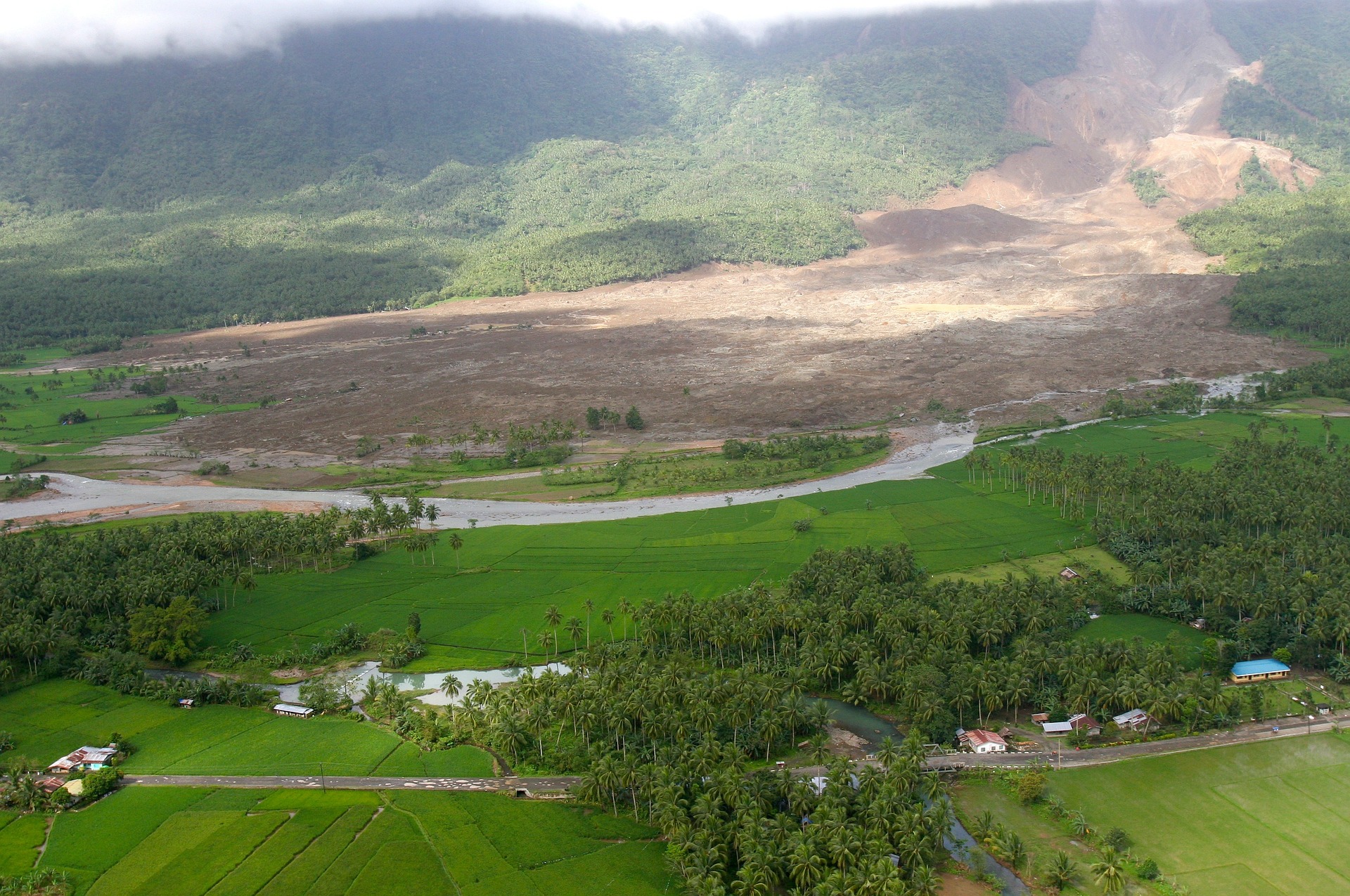Monitoring of Slope & Instrumentation Methodologies

Introduction
In 2014 I started my career as a geotechnical engineer for a big size open pit metal mine. At that time I didn’t have any idea about managing a hazardous slope. How we can manage the stability of slopes, how we can detect slope failures, how we can detect rock falls, and how we can save man-machineries before a slope failure occurred. But after a few months, I could able to know that already a lot of monitoring instruments were invented which can give us a clear idea about slope behavior. Not only the slope behavior but also those instruments can predict also before a slope collapse.
Mining is an essential part of the modern world. It is a vital industry that provides the raw materials for many essential products and contributes significantly to the global economy. However, mining also presents significant risks, particularly in terms of safety, environmental impacts, and economic efficiency. One of the critical challenges in mining is the management of mine pits and dump slopes. These areas are prone to slope failures, which can have devastating consequences, including loss of life, property damage, and environmental degradation.
To manage these risks, mines use various instrumentation methodologies, and data analysis techniques to assess the stability of slopes and detect potential failures before they occur. In this article, we will explore the instrumentation, monitoring, and data analysis methods used in mine pits and dump slopes.
Instrumentation
Instrumentation is an essential component of slope stability analysis in mining. It involves the use of various tools and techniques to measure critical parameters that affect the stability of slopes. These parameters may include slope angle, rock mass properties, water pressure, and seismic activity.
Open pit and dump slope monitoring is a critical aspect of mining operations, as it helps to ensure the safety of workers and equipment, as well as the environment. This article will discuss the importance of open pit and dump slope monitoring and the types of monitoring systems commonly used in mining operations.
Importance of Open Pit and Dump Slope Monitoring
Open pit and dump slope monitoring is essential for several reasons. First and foremost, it helps to prevent accidents and injuries by identifying potential hazards before they cause harm. Slope failures, rockfalls, and landslides can all pose significant risks to workers and equipment in mining operations, and monitoring systems can help to identify these hazards early on so that appropriate action can be taken.
In addition, open pit and dump slope monitoring can help to optimize mining operations by providing data on factors such as ground stability, equipment performance, and environmental conditions. This data can be used to make informed decisions about how to mine the deposit most efficiently and safely.
Types of Open Pit and Dump Slope Monitoring Systems
There are several types of open pit and dump slope monitoring systems used in mining operations. Some of the most common systems include:
Direct method
- Radar Monitoring Systems: Radar monitoring systems use radar technology to detect movement in the pit and dump slope. These systems can detect small changes in the slope and provide early warning of potential slope failures or rockfalls. Radar monitoring systems are particularly useful in areas where ground movement is difficult to detect with other types of monitoring systems. You should read the following article on radar https://waartsy.com/realtime-monitoring-radar-vs-slope-management-plan/
- Inclinometer Monitoring Systems: Inclinometer monitoring systems use sensors to measure the slope angle and deformation. These systems can detect changes in the slope angle or deformation, which can indicate potential slope failures. Inclinometer monitoring systems are commonly used in areas where the slope angle is steep and unstable.
- Extensometers: Extensometers are used to measure the deformation of the rock mass surrounding an open pit mine. These instruments consist of two anchor points that are fixed in the rock mass, and a movable probe that is attached to these anchors. As the rock mass deforms, the probe moves, and the extensometer measures the distance between the two anchor points.
- Strain Gauges: Strain gauges are used to measure the stress and strain on the rock mass in an open pit mine. These instruments consist of a thin wire or foil that is attached to the surface of the rock mass. As the rock mass deforms, the wire or foil stretches or compresses, and the strain gauge measures the resulting change in electrical resistance.
Indirect Method
- Ground Penetrating Radar (GPR): GPR is a geophysical instrument that uses electromagnetic radiation to detect changes in the subsurface. GPR can detect changes in the composition of the rock mass. The presence of voids or fractures, and other features that can affect the stability of the slope.
- Seismometers: Seismometers are used to measure ground motion and vibrations in an open pit mine. These instruments can detect even small vibrations caused by blasting, equipment operation, or ground movement. Seismometers can be used to detect potential slope failures. It also used to monitor the effects of mining activities on the surrounding environment.
- Global Navigation Satellite Systems (GNSS): GNSS is a positioning system that uses satellite signals to determine the location of equipment and structures. GNSS can be used to monitor the movement to measure changes in the position of structures or geological features
- Geotechnical Monitoring Systems: This systems use a range of sensors, including inclinometers, extensometers, and strain gauges. It is used to measure ground movement, deformation, and stress. These systems can provide data on ground stability and help to identify potential hazards such as slope failures.
- Environmental Monitoring Systems: Environmental monitoring systems measure factors such as temperature, humidity, and gas concentration in the pit and dump slope. It will give an idea about the amount of deviation that can occur during deformation monitoring through instruments.
- Water Monitoring Systems: Water monitoring systems measure water levels, flow rates, and water quality in the pit and dump slope. Take look on the video on live monitoring through slope stability radar https://www.youtube.com/watch?v=C3Dhciv5uBo
Conclusion
Open pit and dump slope monitoring is a critical aspect of mining operations. Monitoring systems can help to identify potential hazards and optimize mining operations by providing data on ground stability. There are several types of monitoring systems used in mining operations, including radar, inclinometer, geotechnical, environmental, and water monitoring systems. Investing in open pit and dump slope monitoring, and also mining companies can help to ensure the safety of workers and equipment. Not only the safety of man machinery but also it can optimize the operational parameters.



